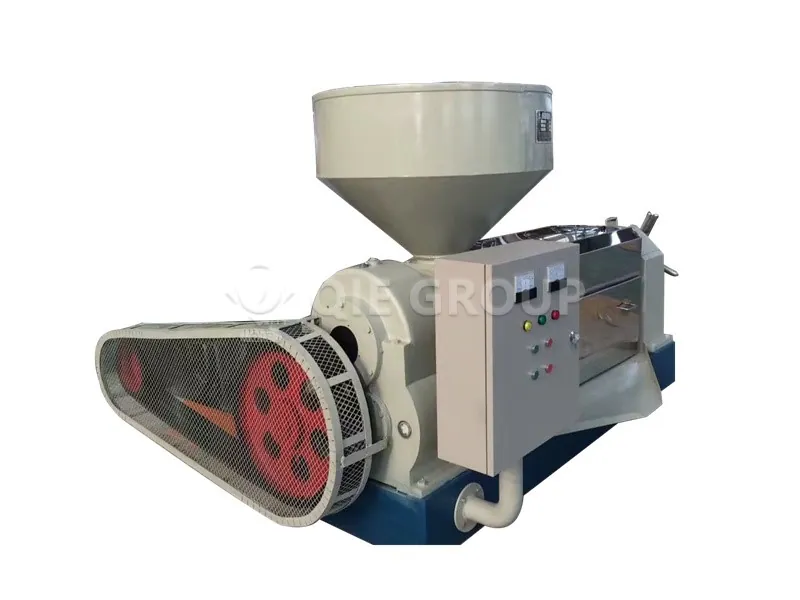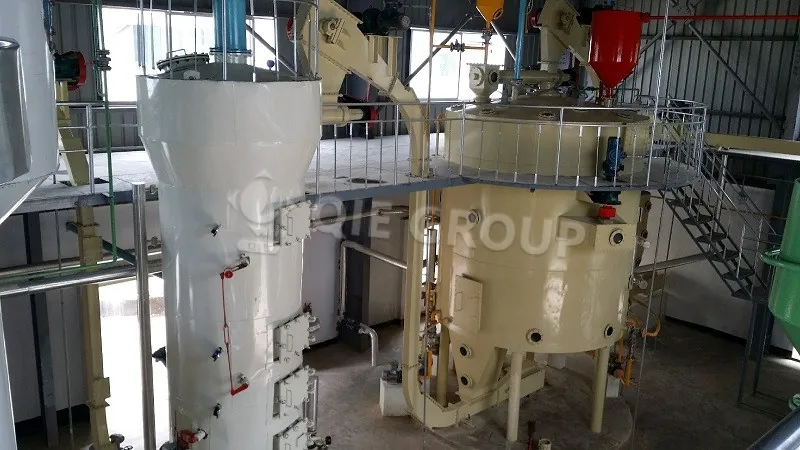As an important part of the edible oil market, the production process of soybean oil has always attracted much attention. For manufacturers, choosing the right process is directly related to the level of profit. So, which one is more profitable, soybean oil extraction or pressing? QIE Group will tell you.
The pressing process is a process that uses mechanical physical pressure to extract and separate oil from soybeans. Soybeans must first be cleaned by vibrating screens, stone removers, magnetic separators and other cleaning equipment to remove impurities, and then be pre-treated by crushing, softening, flaking, steaming and frying before entering the soybean oil press to press and obtain crude soybean oil.

The extraction process is a process that uses organic solvents to decompose the oil in soybeans. The pretreatment stage is similar to the pressing process, but the soybeans need to enter the puffing machine for expansion, and then enter the horizontal rotary extractor after drying to obtain the extracted crude oil through the spraying and soaking of the solvent.

The investment cost of the pressing process is relatively low and is suitable for small-scale production. Although the initial investment of the leaching process is high, it is suitable for large-scale production due to its high oil yield.
The production cost of the pressing process is relatively high because of its low oil yield. The oil yield of the leaching process is high, which can reduce the cost per unit of output.
The market price of pressed soybean oil is usually higher due to its natural and additive-free characteristics. Although the oil yield of leached soybean oil is high, its market price is relatively low due to its low nutritional value.
Expeller-pressed soybean oil is suitable for the high-end market and can attract health-conscious consumers, while leached soybean oil is more suitable for the mass market and may have higher sales due to its lower price.
The choice of process depends not only on profit, but also on market demand, raw material processing volume and investment cost. For small-scale production, the pressing process may be a better choice because of its low investment cost and high product added value. For large-scale production, the leaching process may be more advantageous because of its high oil yield and can reduce unit cost.
Overall, soybean oil extraction and pressing processes have their own advantages and disadvantages, and the level of profit depends on many factors. The profit margin of the pressing process is larger, but the production cost is relatively high; although the profit margin of the extraction process is smaller, the production cost is low and it is suitable for large-scale production. When choosing a production process, companies should make comprehensive considerations based on their own financial strength, market positioning, sales channels and other actual conditions to maximize profits.











